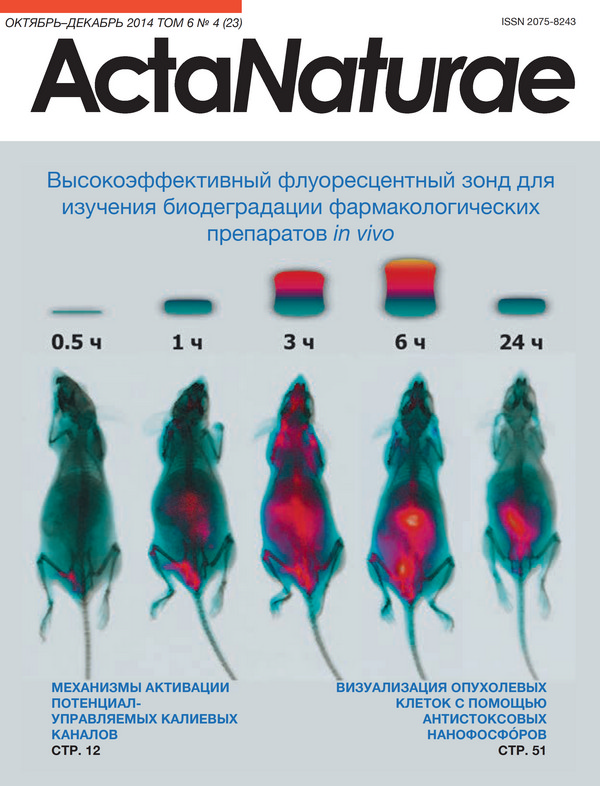Regulation of the Target Protein (Transgene) Expression in the Adenovirus Vector Using Agonists of Toll-Like Receptors
- Authors: Bagaev A.V.1, Pichugin A.V.1, Lebedeva E.S.1, Lysenko A.A.2, Shmarov M.M.2, Logunov D.Y.2, Naroditsky B.S.2, Ataullakhanov R.I.1, Khaitov R.M.1, Gintsburg A.L.2
-
Affiliations:
- National Research Center - Institute of Immunology Federal Medical-Biological Agency of Russia
- N.F. Gamaleya Research Institute of Epidemiology and Microbiology
- Issue: Vol 6, No 4 (2014)
- Pages: 27-39
- Section: Research Articles
- Submitted: 17.01.2020
- Published: 15.12.2014
- URL: https://actanaturae.ru/2075-8251/article/view/10522
- DOI: https://doi.org/10.32607/20758251-2014-6-4-27-39
- ID: 10522
Cite item







